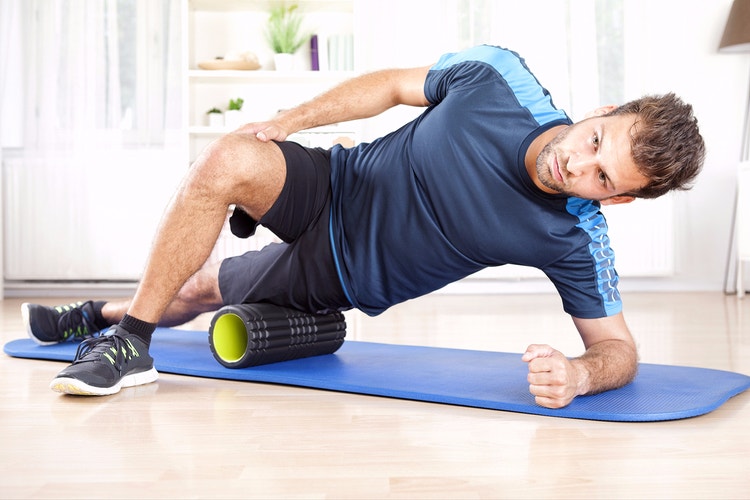Three Ways to Spend Your Rest Days

Your body needs to recover, but you don’t want to spend rest days as a couch potato.
Your body requires rest. And while it’s not always easy to take a day off, it’s necessary. But not all rest days should be spent vegging out on your couch. And rest day doesn’t mean cheat day.
Hard training breaks down your muscles, and if you don’t give those muscles time to recover, you’re actually getting weaker instead of stronger. Giving your muscles sufficient time to regenerate is absolutely essential to your fitness plan. Lack of rest means you’ll hit a performance plateau and may even increase your risk for injury.
Boost your performance, both mentally and physically, with these rest and recovery-day activities.
1. Walking or hiking
Not only is walking good for your overall health, according to experts from the Mayo Clinic, partaking in regular, brisk walks can lift your mood, increase your coordination and balance, as well as strengthen your bones. In fact, research from the University of California, Berkeley shows that regular walking can lower your risk of high cholesterol and high blood pressure in addition to reducing the risk of developing diabetes.
Generally, experts suggest 30 minutes of physical activity each day; walking is a great way to fill up that time and simultaneously declutter your mind. If you don’t enjoy walking alone, consider inviting a friend along or setting up a weekly group walk. You can walk indoors, on a treadmill for example, or walk outside to enjoy the fresh air. It doesn’t take much to get started. All you need is a sturdy pair of athletic shoes, and you’re ready to start.
Just like walking, hiking can benefit your overall health too. However, this activity can be a little more challenging than standard walking. Use a local outdoors website to find hiking trails in your area and decide on one based on difficulty, time and terrain.
It’s good to get your heart pumping on those off days, but if you’re feeling sore or tired after your hike, you might be doing more harm than good. Remember, you need rest.
2. Regenerative yoga
People who live an active, fit lifestyle benefit from practicing the ancient arts of meditation and yoga. You don’t have to be an experienced yogi to feel the rewards. In fact, gentle yoga is beneficial to many different types of athletes, from runners to bodybuilders, as it relaxes the mind and promotes flexibility and restoration of stiff and sore muscles.
Through yoga practice, learn more about your body, become aware of how it works to power you through your workouts and through your everyday routine. Many think of yoga as a workout in itself. However, if you’re practicing gentle or hatha yoga rather than vinyasa or power yoga, you’ll be holding poses for longer periods of time rather than constantly moving and sweating.
If you’re new to yoga, consider taking an instructor-led gentle yoga class to learn the basics. After you’ve dipped your toe in, you can always take your yoga practice home.
3. Dynamic stretching
Dynamic stretching is key to a successful workout plan, during your workout routine and on your rest days as well. Stretching can help to relieve muscle pain and tightness, reduce tension and increase flexibility. If you’re feeling tension or pain for an extended period of time, consult a doctor before continuing activity.
Dynamic stretches require your body to extend in a full range of motion. Some other examples of dynamic stretches include arm circles, butt kicks, walking lunges and leg swings.
At the beginning and end of a dynamic stretch session, do some foam rolling. A foam roller or even a tennis ball helps alleviate muscle tension and trigger points.
Rest days shouldn’t entail binge watching Netflix in your pajamas. Get out, stay active and let your muscles recover.